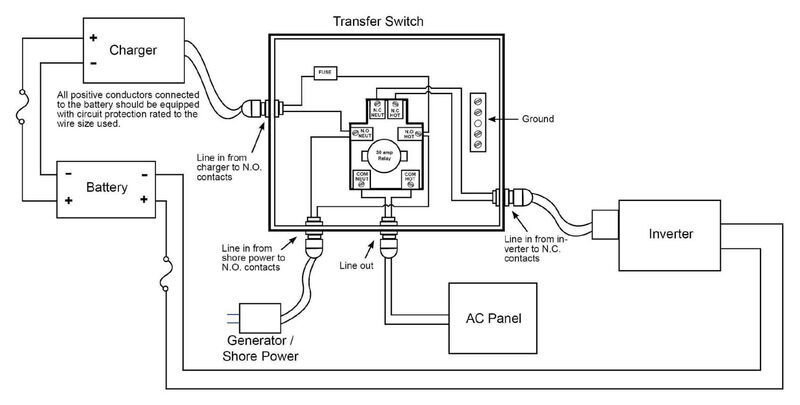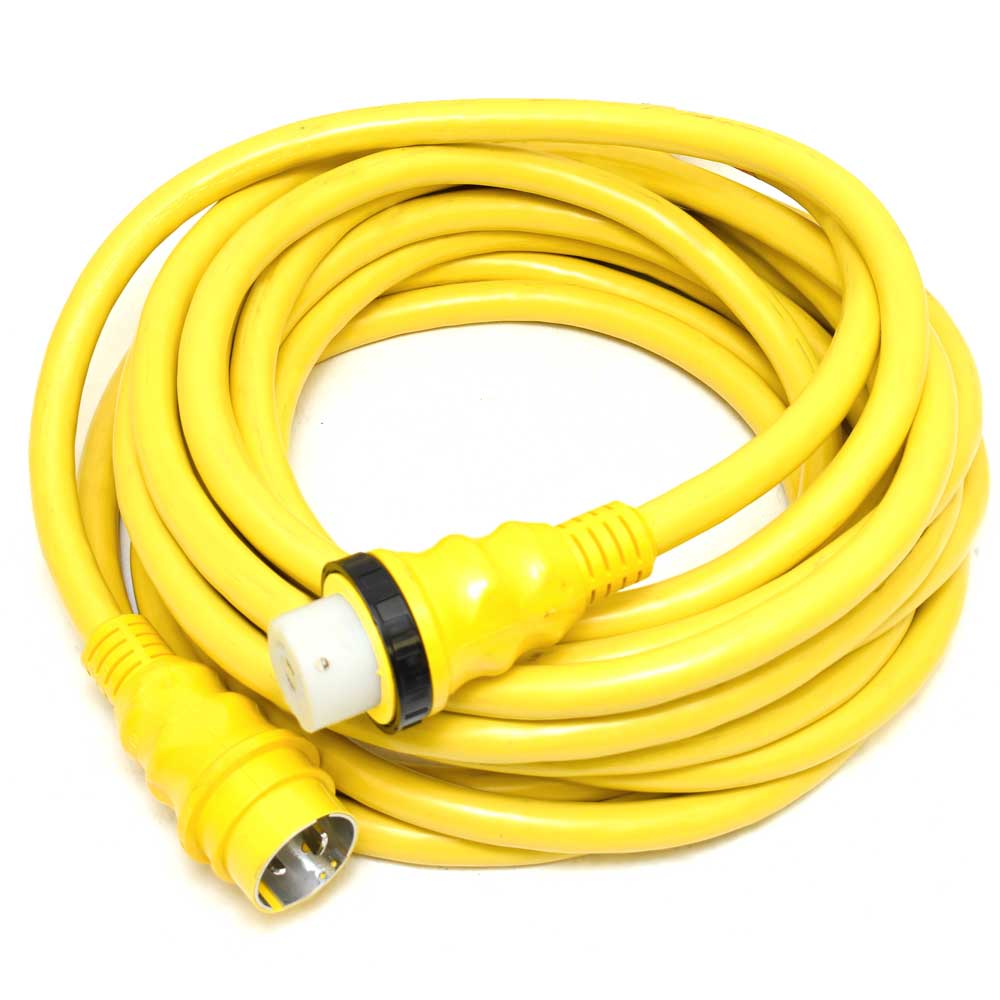

- BOAT SHORE POWER CONVERTER GENERATOR
- BOAT SHORE POWER CONVERTER FULL
- BOAT SHORE POWER CONVERTER PORTABLE
- BOAT SHORE POWER CONVERTER TV
Inverter/chargers should be professionally installed because they draw a lot of amps, with the potential for dangerous shorts and electrical fires if they are wired inadequately. If the outside source of AC goes away, it automatically switches back from battery charger to inverter. Inverter/chargers almost always include an automatic transfer switch, so that when your inverter/charger detects another source of AC power (because you plugged into shore power or started your genset) the inverter/charger shifts gears from inverting to charging batteries. Inverter/chargers have outputs that rival small generators (2,000 to 4,000 watts) and include a powerful battery charger and associated battery monitors and remote controls. The Freedom 3012SW inverter/charger from Xantex produces pure sine wave power which minimizes harmonic distortion and allows appliances and sensitive electronics to operate and function as designed-without the risk of damage.
BOAT SHORE POWER CONVERTER FULL
Top-of-the-line models include built-in transfer switches enabling full integration with existing AC wiring. Some allow you to easily wire more receptacles to place in remote locations. Inverters in this range usually have receptacles for appliances to plug into, but do not integrate with your boat’s existing AC wiring.

Permanent-mount inverters (400 watts or more) are hardwired directly to the battery bank.
BOAT SHORE POWER CONVERTER PORTABLE
Portable inverters are also excellent for family trips in the minivan or SUV. AC appliances are plugged into the front of the inverter. Ideal for laptops, small lights and tools. Portable inverters are instant gratification products: just plug them in and start using their modest AC outputs (typically up to 300 watts). These DC sockets are often problematic due to poor contact or an insufficient gauge wire constricting the flow of current and contributing to DC voltage drop at the socket, but we digress. Portable inverters generally connect to your DC electrical system using the common cigarette lighter socket. Inverters typically fall into three categories:
BOAT SHORE POWER CONVERTER TV
A computer (200W), TV (200W), and microwave (800W) all running at the same time will need an inverter that delivers more than 1200W of continuous power. The size you select is governed by the maximum power needed at one time. Inverters range from tiny 100W models, good for laptops, to 4,000W models that can run electric galleys and refrigeration systems. This portable inverter plugs into a cigarette lighter, fits into a cupholder and operates small electronic devices. During off-peak times, the inverter takes over, silently supplying power for smaller loads. The genset is operated during meal times, and other high-load times, during which it recharges the house batteries using the inverter’s battery charger. If your 120V energy requirements exceed 2,000 watt-hours per day, a genset is probably needed.Īnother option is to use an inverter/charger with a genset. While many of our customers would love to run air conditioning off of an inverter, it is pretty impractical unless you are cooling a small area for a relatively short period of time. Gensets are better for large, continuous loads like air conditioning, heating, and refrigeration. On the other hand, their effectiveness is limited by your battery capacity. Unlike noisy, fossil fuel-driven gensets, inverters are silent, require virtually no maintenance, and are easy to install. While both inverters and gensets (generators) create AC electricity, inverters are better for variable demand and loads up to 2,000 to 3,000 watts.
BOAT SHORE POWER CONVERTER GENERATOR
Generators also produce AC power, so why not use a generator to do this instead? How Inverters WorkĪs stated, Inverters are used to change direct current (DC) into alternating current (AC) used to power common household tools, electronic items and appliances. If you can't decide what size charger you need, our West Advisor article Selecting a Battery Charger can help. Installing an inverter/charger: 6 out of 10 Installing a fixed mount inverter: 4 out of 10

Installing a portable inverter: 1 out of 10

Installing an inverter releases boaters from the need to plug into shorepower and eliminates the need for a generator in order to enjoy the convenience of AC appliances away from the dock. Inverters change DC power stored in a boat's battery bank into AC power that can be used to run "household" appliances on your boat.


 0 kommentar(er)
0 kommentar(er)
